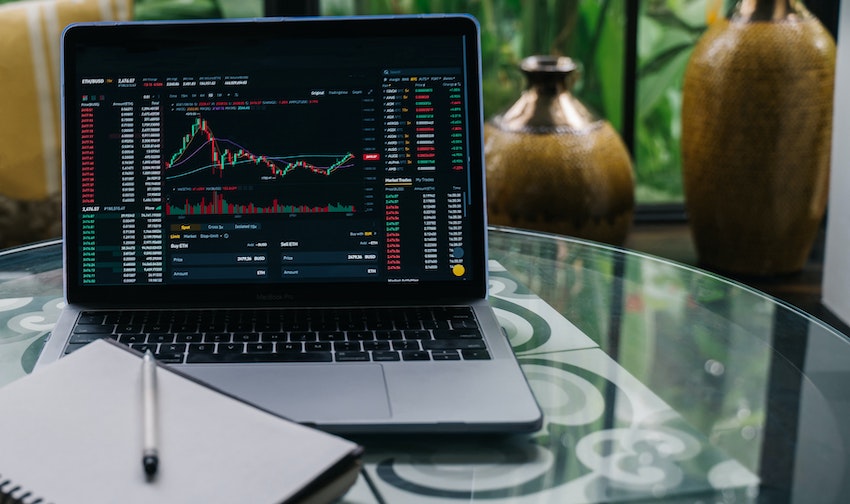Most Traded Currencies in the World: 2025 Guide

The most traded currency in the world is the US Dollar (USD), involved in 88% of all FX transactions globally
The foreign exchange (forex) market is the largest financial market in the world, with over $7.5 trillion traded daily (BIS, 2022). At the heart of this market are a select group of currencies that dominate global trade and investment.
In this guide, you’ll discover:
- The top 10 most traded currencies
- Why these currencies are dominant
- Factors affecting their liquidity and demand
- Currency pairs and their trading volumes
- Key insights for forex traders and financial analysts
Top 10 Most Traded Currencies (2025)
| Rank | Currency | ISO Code | Percentage of Global FX Turnover* |
|---|---|---|---|
| 1 | US Dollar | USD | 88% |
| 2 | Euro | EUR | 31% |
| 3 | Japanese Yen | JPY | 17% |
| 4 | British Pound | GBP | 13% |
| 5 | Chinese Yuan (Renminbi) | CNY | 7% |
| 6 | Australian Dollar | AUD | 6% |
| 7 | Canadian Dollar | CAD | 5% |
| 8 | Swiss Franc | CHF | 5% |
| 9 | Hong Kong Dollar | HKD | 3% |
| 10 | Singapore Dollar | SGD | 2% |
*Note: Percentages exceed 100% because each trade involves two currencies. Source: Bank for International Settlements (BIS), Triennial Survey.
1. US Dollar (USD)
The US Dollar is the world’s primary reserve currency and is involved in nearly 90% of all forex trades. Its dominance is driven by:
- The size and stability of the US economy
- Deep and liquid capital markets
- Use in global commodities pricing (e.g., oil, gold)
- Central bank reserves and international debt markets
The USD is often seen as a “safe haven” currency in times of economic or geopolitical stress.
2. Euro (EUR)
The Euro is the official currency of 20 countries in the Eurozone. It’s the second most held reserve currency and benefits from:
- Strong intra-European trade
- A robust central bank (ECB)
- Significant economic weight of the EU
Popular EUR pairs: EUR/USD, EUR/GBP, EUR/JPY
3. Japanese Yen (JPY)
The Japanese Yen is Asia’s most traded currency and is known for its:
- Liquidity during Asian trading hours
- Use in carry trades due to historically low interest rates
- Role as a regional safe haven
The JPY is heavily traded in USD/JPY and EUR/JPY pairs.
4. British Pound Sterling (GBP)
Often referred to as “Cable” in forex markets, the British Pound is:
- One of the oldest currencies still in use
- Known for its volatility and responsiveness to political events
- A major reserve currency despite Brexit
Top pair: GBP/USD
5. Chinese Yuan (CNY)
The Renminbi (CNY) is rapidly growing in global use, driven by:
- China’s position as the world’s largest exporter
- Inclusion in the IMF’s SDR basket
- Strategic currency swap agreements with central banks
While still not fully convertible, the offshore version (CNH) is widely traded.
6. Australian Dollar (AUD)
The Australian Dollar is often considered a commodity currency, influenced by:
- Australia’s export-driven economy (iron ore, coal)
- Stable banking system
- High interest rate differentials
Pairs: AUD/USD, AUD/JPY, AUD/CAD
7. Canadian Dollar (CAD)
Nicknamed the “Loonie”, CAD is strongly tied to:
- Oil prices (Canada is a major exporter)
- US economic performance (major trading partner)
- Interest rate trends from the Bank of Canada
Top pair: USD/CAD
8. Swiss Franc (CHF)
CHF is a traditional safe haven currency known for:
- Switzerland’s neutral political stance
- Low inflation and stable economy
- Strong financial services sector
Pairs: USD/CHF, EUR/CHF
9. Hong Kong Dollar (HKD)
HKD operates under a currency peg system, fixed to the USD. Key features include:
- Strong link to Chinese financial flows
- International finance hub status
- Stability due to Hong Kong Monetary Authority (HKMA) policies
10. Singapore Dollar (SGD)
Singapore’s currency is small in volume but respected for:
- The strength of the Monetary Authority of Singapore (MAS)
- Strategic regional financial importance
- Managed float system based on a trade-weighted basket
Most Traded Currency Pairs
Currency pairs fall into three categories:
| Category | Example | Characteristics |
|---|---|---|
| Major Pairs | EUR/USD, USD/JPY | Most traded, highest liquidity |
| Minor Pairs | EUR/GBP, AUD/CAD | Moderate volume, higher spreads |
| Exotic Pairs | USD/TRY, USD/SEK | Low liquidity, high volatility |
Why These Currencies Dominate
Several factors influence a currency’s trading volume:
- Liquidity: Availability of buyers and sellers
- Macroeconomic stability: Low inflation, reliable GDP
- Geopolitical influence: Role in global politics and trade
- Reserve status: Central bank holdings
- Cross-border trade: Export-import volumes
FAQ
What is the most traded currency in the world?
The US Dollar (USD) is the most traded currency in the world, involved in nearly 88% of all forex transactions according to the latest BIS data.
What are the top 5 traded currencies?
The top five traded currencies are USD, EUR, JPY, GBP, and CNY. These dominate global forex trading volumes.
Why is USD so popular in forex trading?
The US dollar is the world’s main reserve currency, meaning many countries hold it in large amounts. It’s easy to trade, accepted almost everywhere, and is used to price important goods like oil — which makes it a key part of global trade.
How often is currency trading volume data updated?
The Bank for International Settlements (BIS) updates its global currency trading data every three years. The most recent update was in 2022.

ALSO READ:
Beginners guide to forex trading
If you’re new to forex trading, welcome! You’re in the right place. Forex trading can be both exciting and profitable, however it is important to have basic understanding in how it works before jumping in… Full article.

